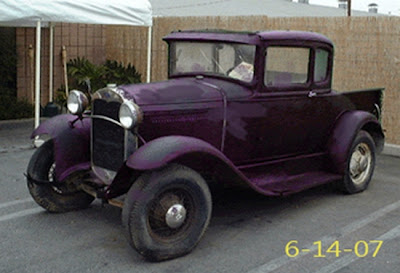
Researchers at MIT led by Prof. Marin Soljacic have accomplished what Nikola Tesla envisioned over a century ago – the efficient wireless transmission of electricity. Dubbed ‘WiTricity’ (for Wireless Elecricity) by its inventors, it is the first wireless transmission of power to improve on the efficiency of radiant electromagnetic devices, which send energy indiscriminately in every direction, while not requiring direct line-of-sight like lasers.
WiTricity works on the principle of magnetic coupled resonance. The MIT team built matching copper coils to precise specifications, so that when power was applied to one coil, it produces a magnetic frequency – in the MHz range, since you wanted to know – which causes the other coil to vibrate up to 7ft (over 2 meters) away. Meanwhile, other elctromagnetic fields, such as those surrounding computers, cell phones, and human beings, remain largely unaffected.
The scientists were able to light up a 60-watt bulb that had "no physical connection" with the power-generating appliance. "It was quite exciting," Soljacic said. The process is "very reproducible," he added. "We can just go to the lab and do it whenever we want."
Aside from the implications in clutter management (who wouldn’t want to get rid of that tangle of wires behind the desk? Ugh!) there’s a green component, too – imagine a world without the need for batteries and their weight, inefficiency, short life span and toxic chemicals. Current battery technologies are around 80-90% efficient at best, losing energy through heat and self-discharge; WiTricity is currently capable of about half that, but for a proof of concept that’s pretty darn good. The group envisions a product which could supplant batteries in cell phones, Roombas, laptops, and other household items which require frequent charging.
via Linux Insider and MIT News Office







 While Dell has received a fair amount of
While Dell has received a fair amount of 




